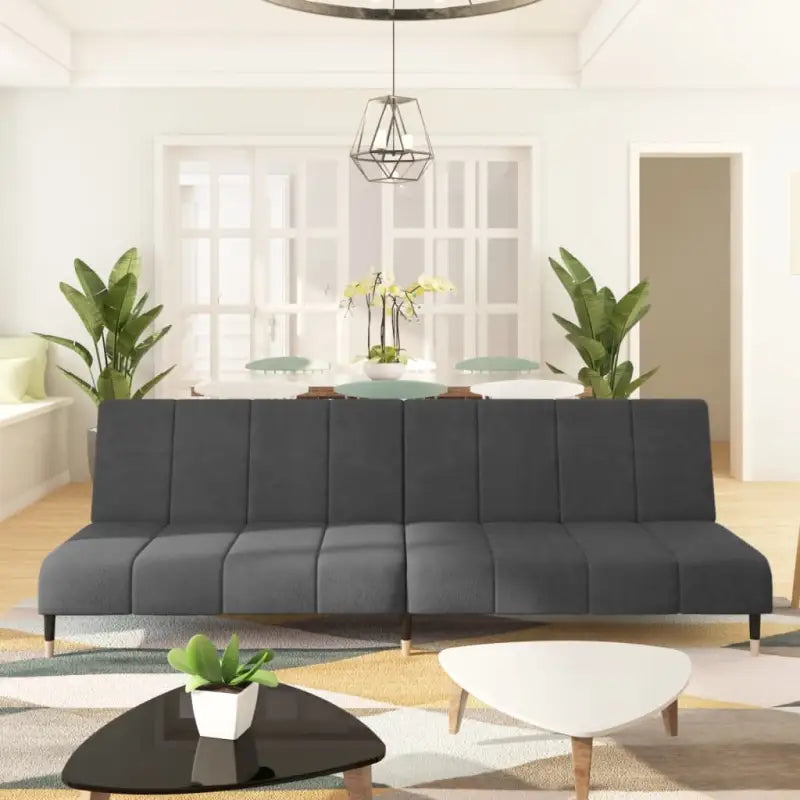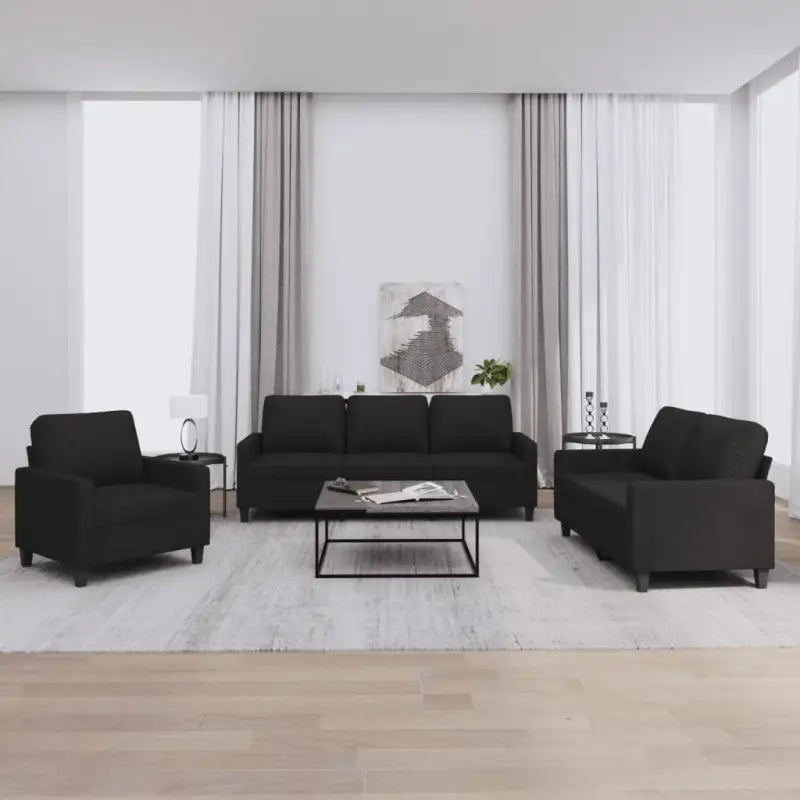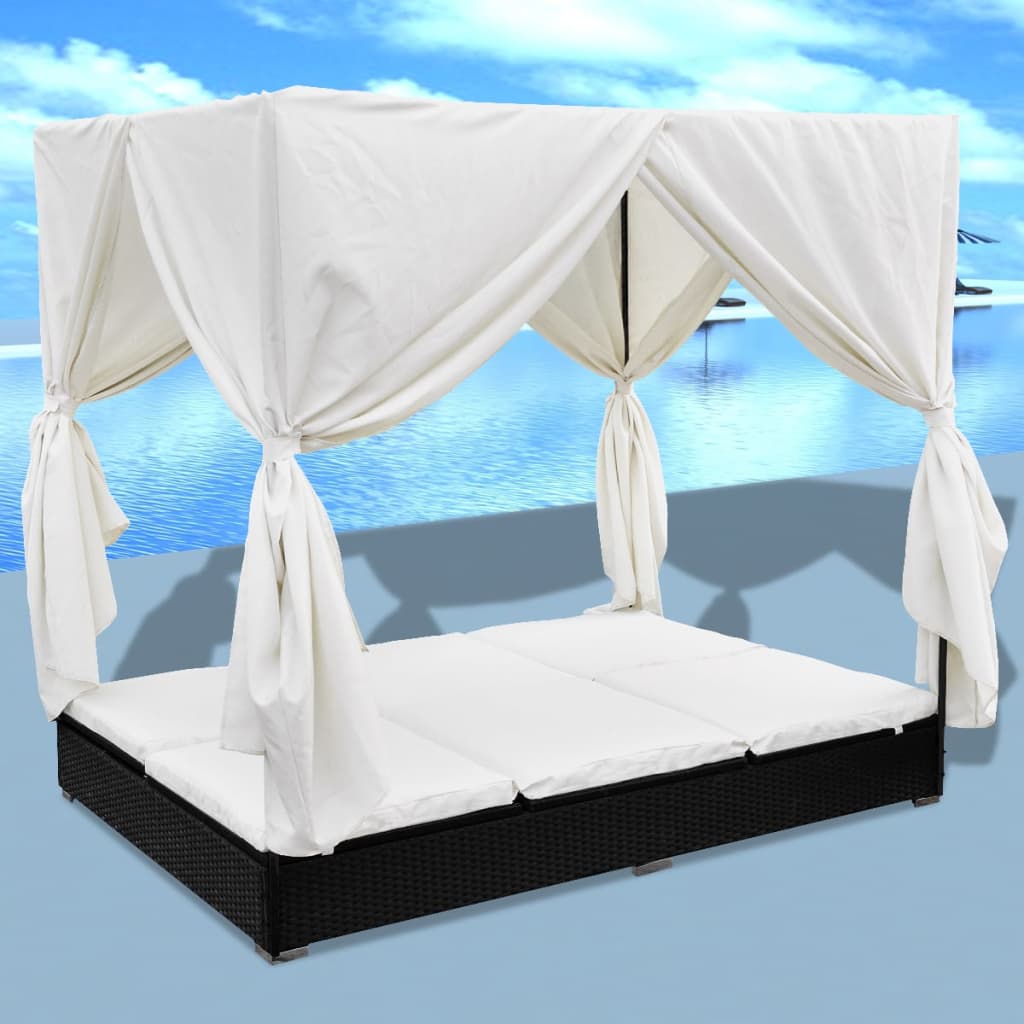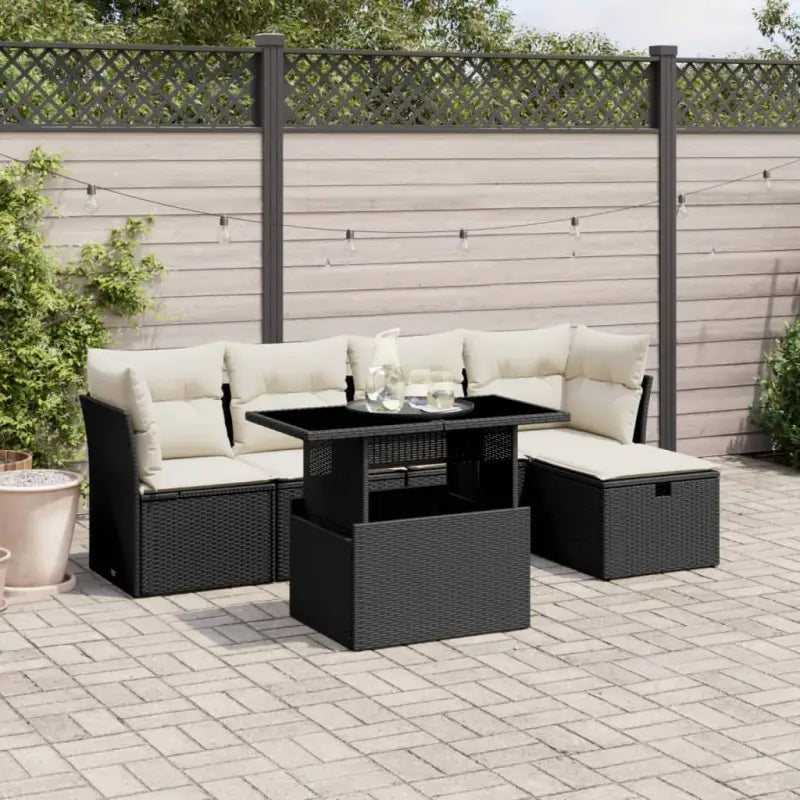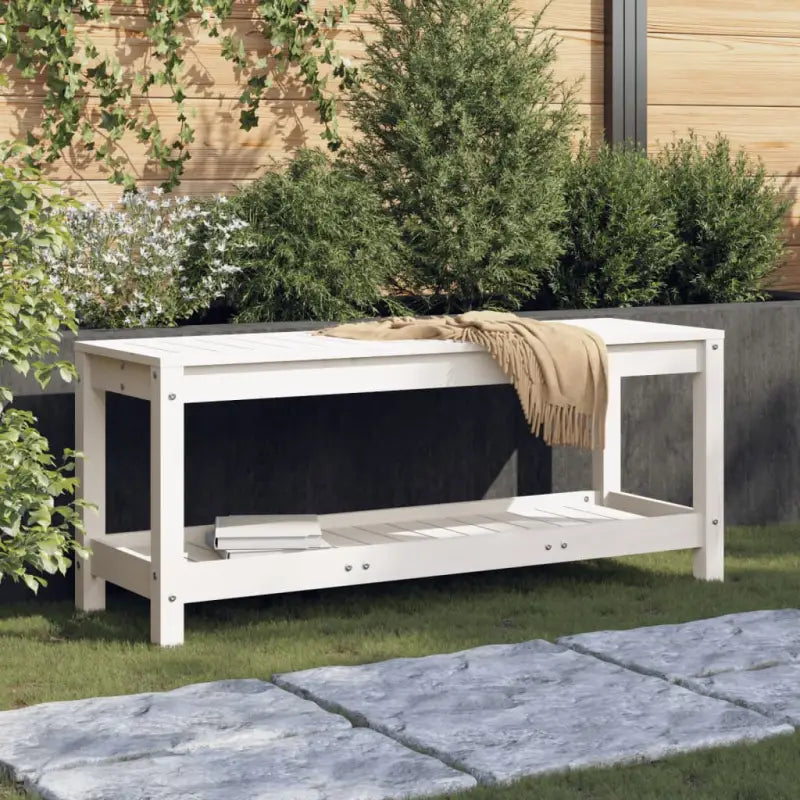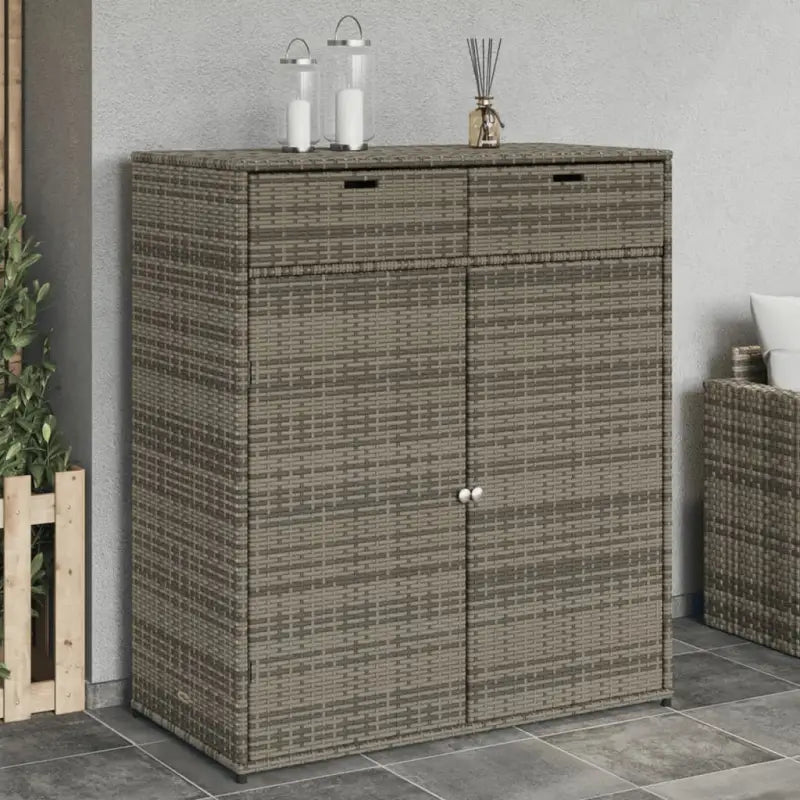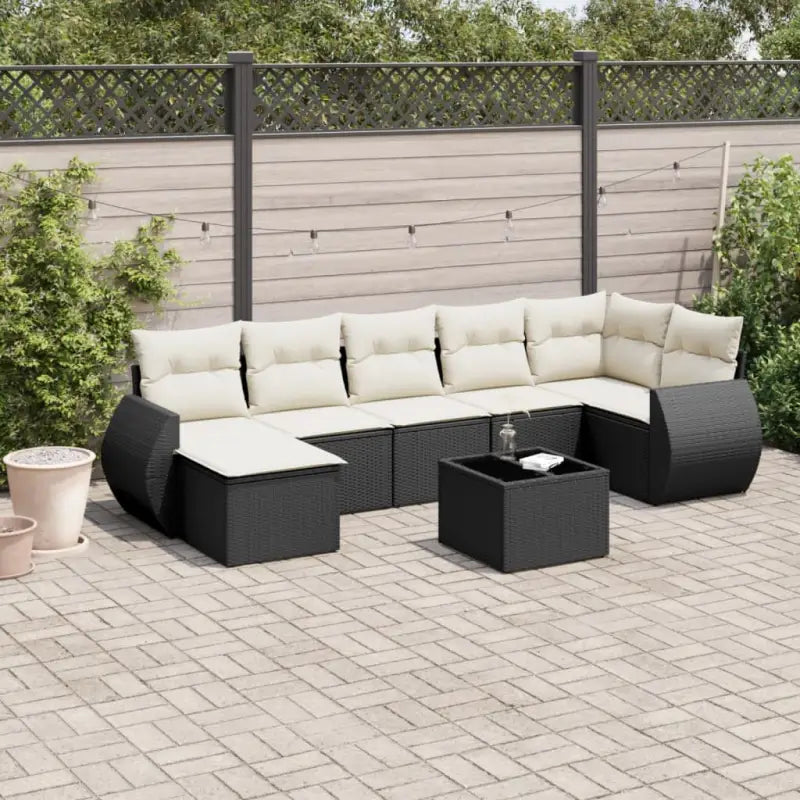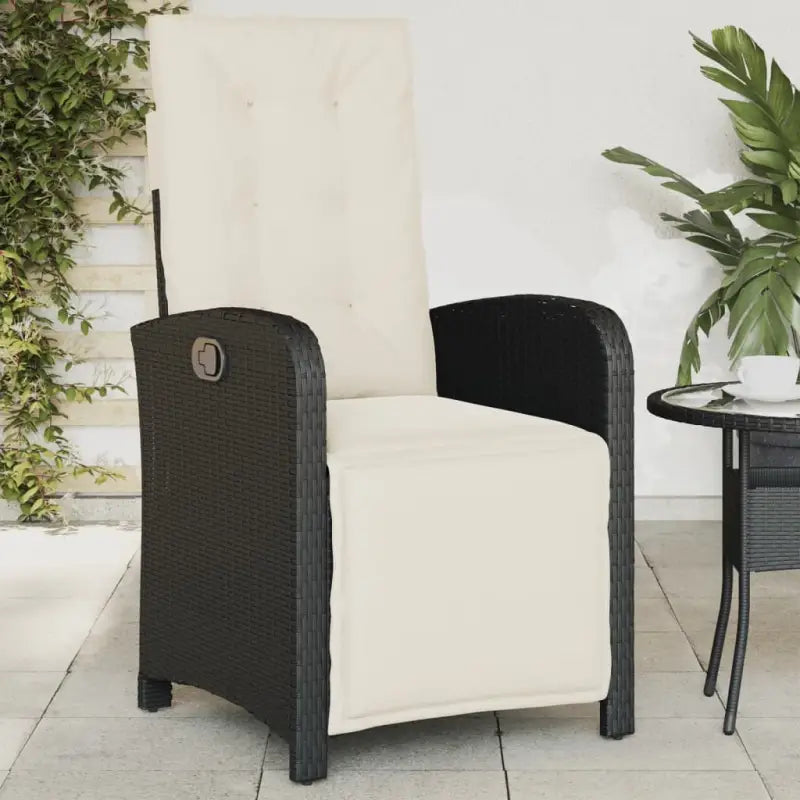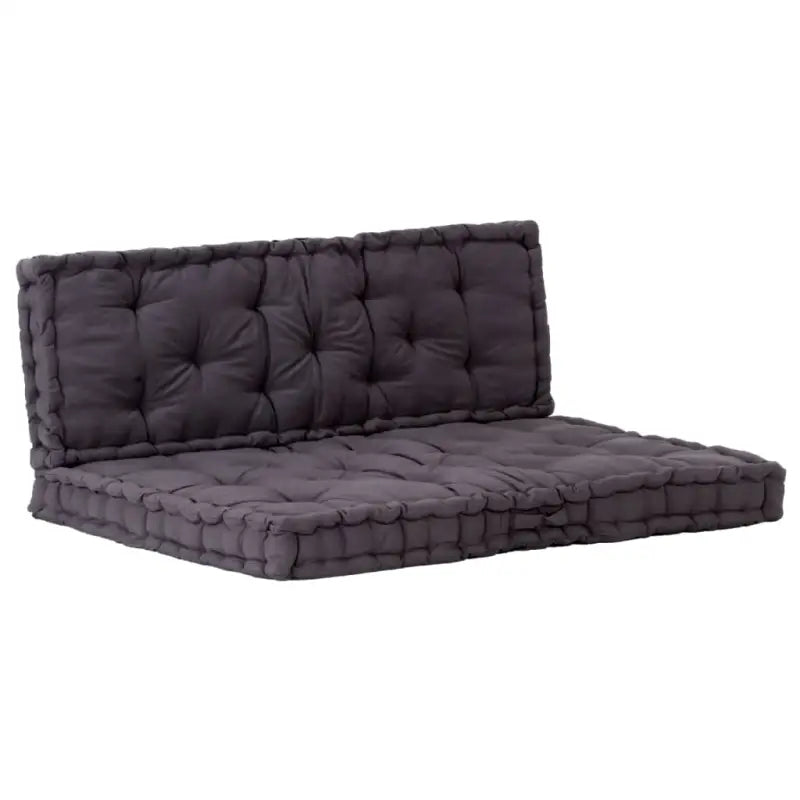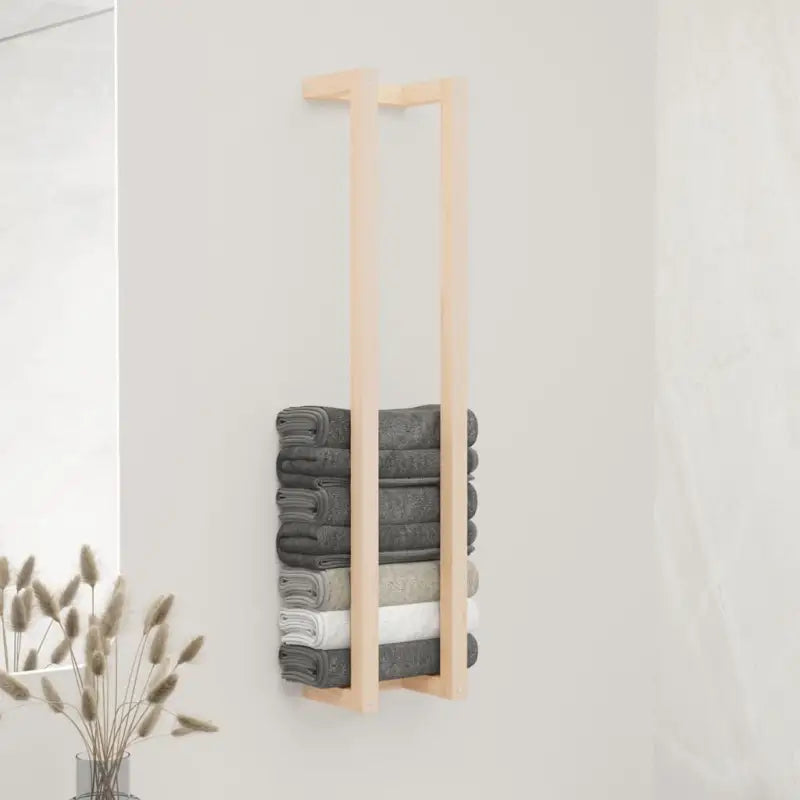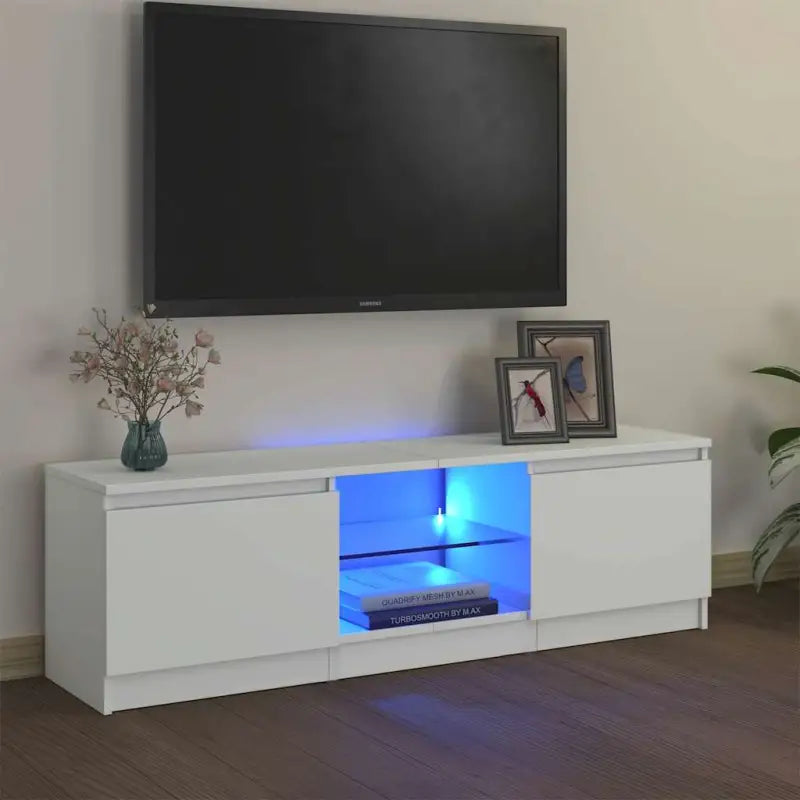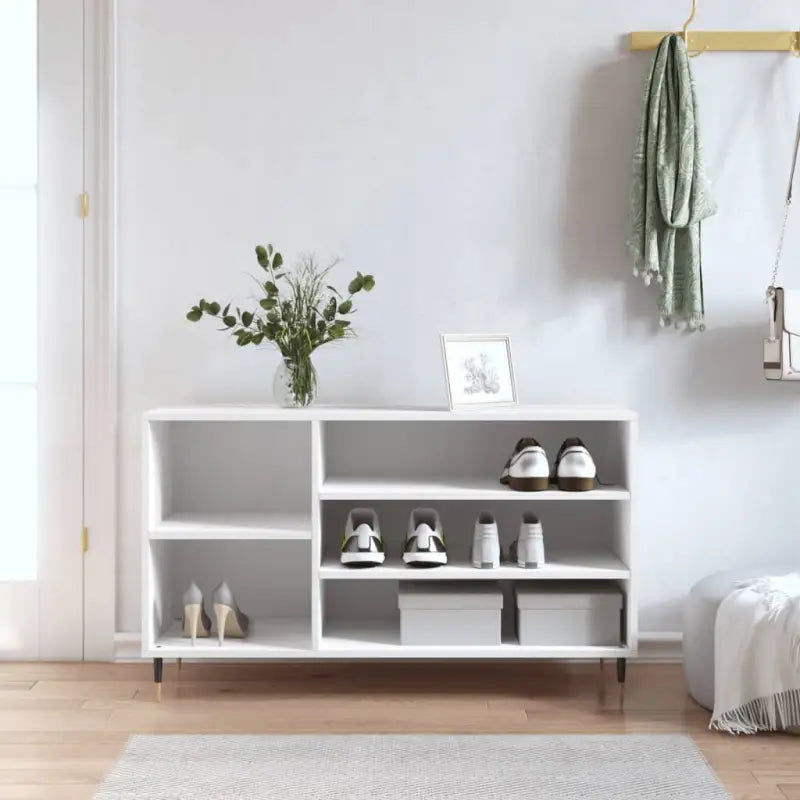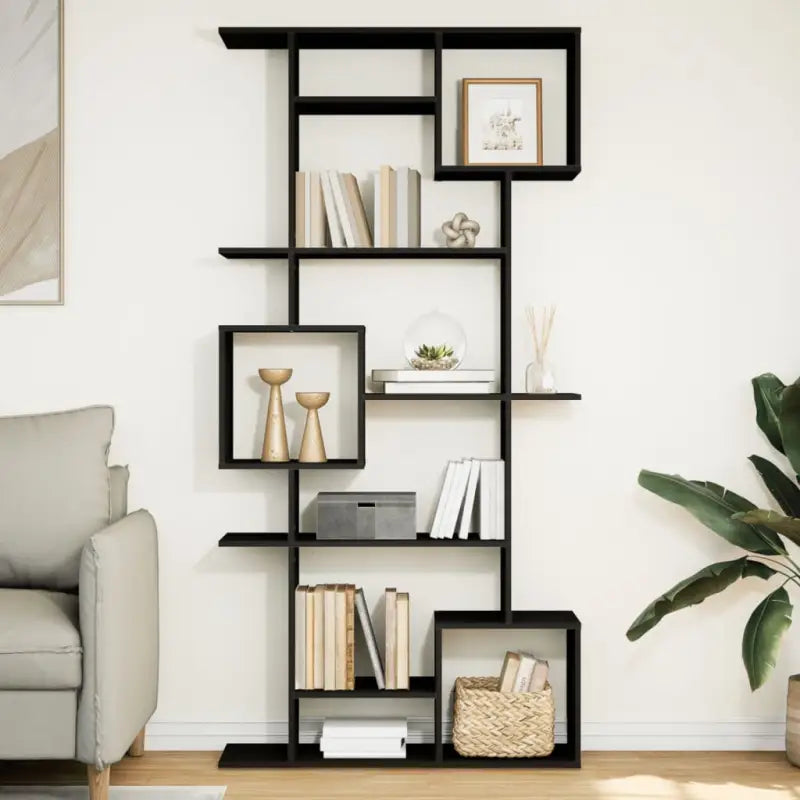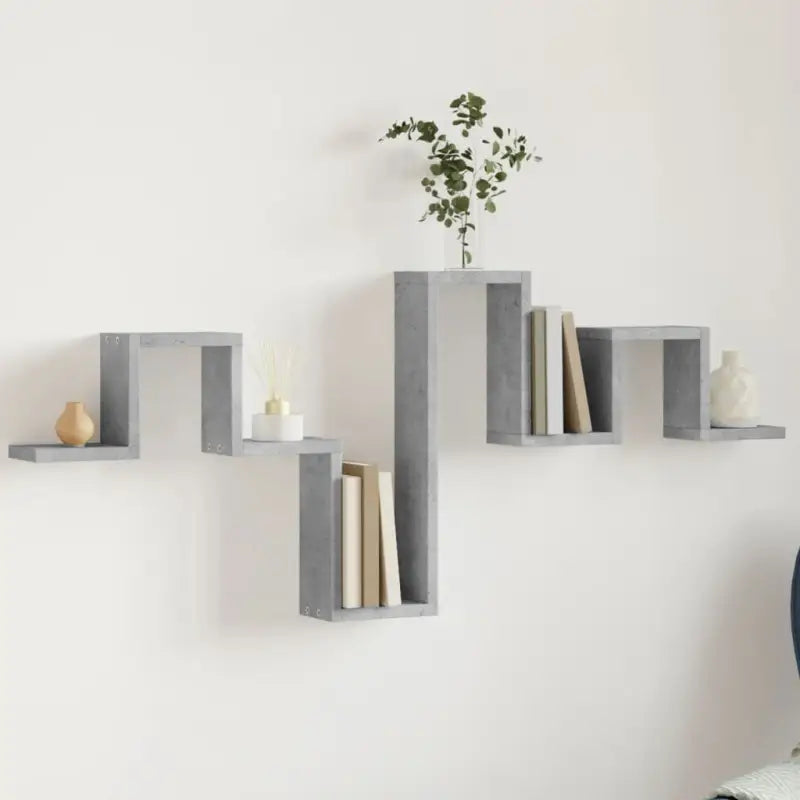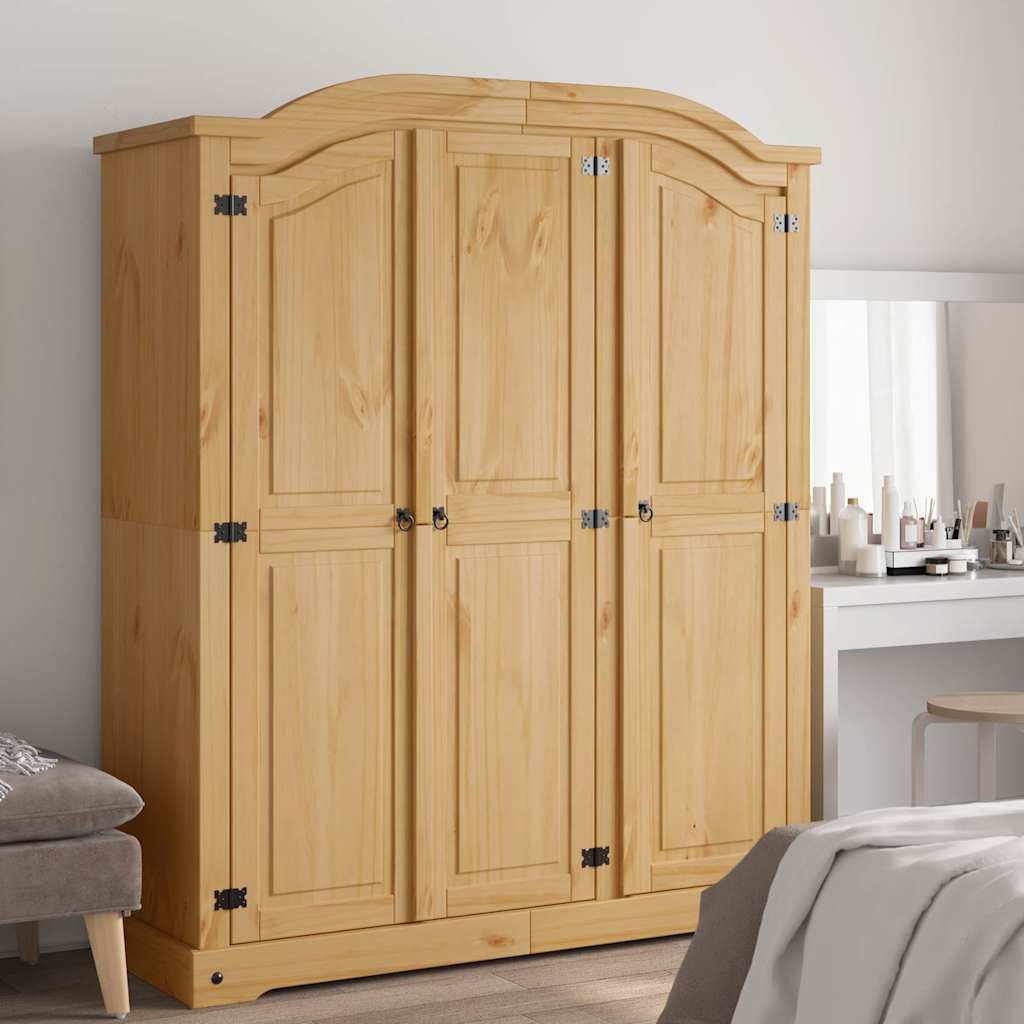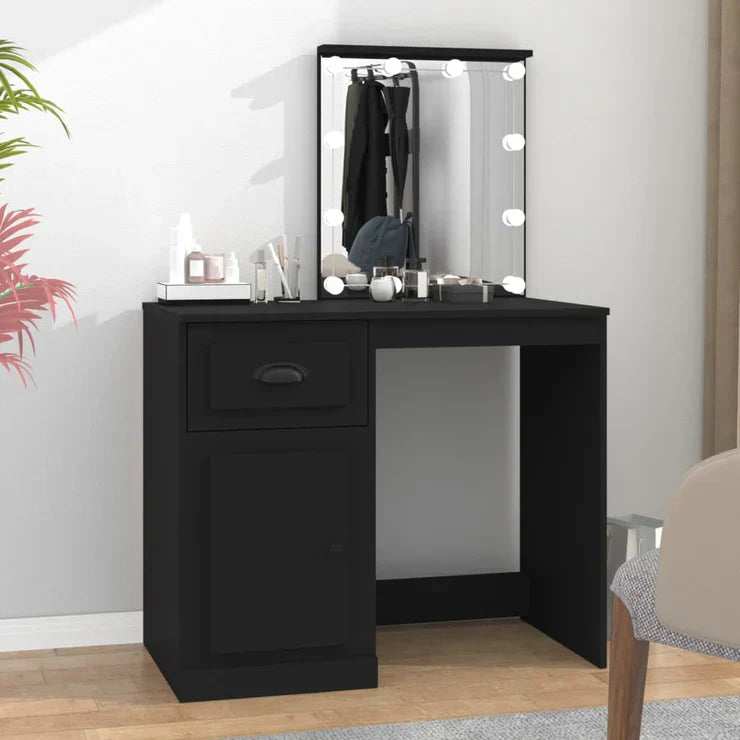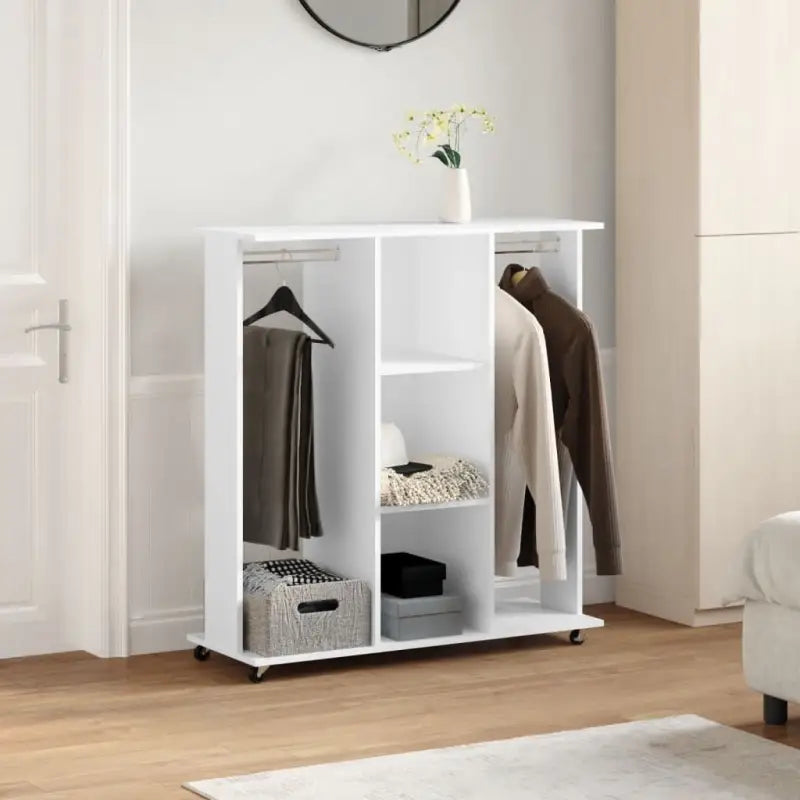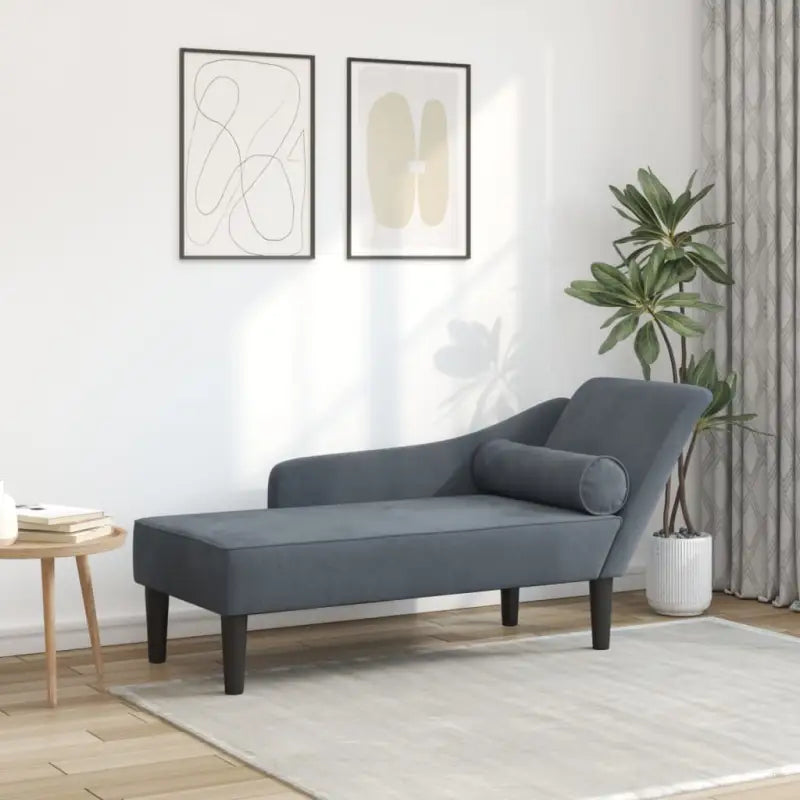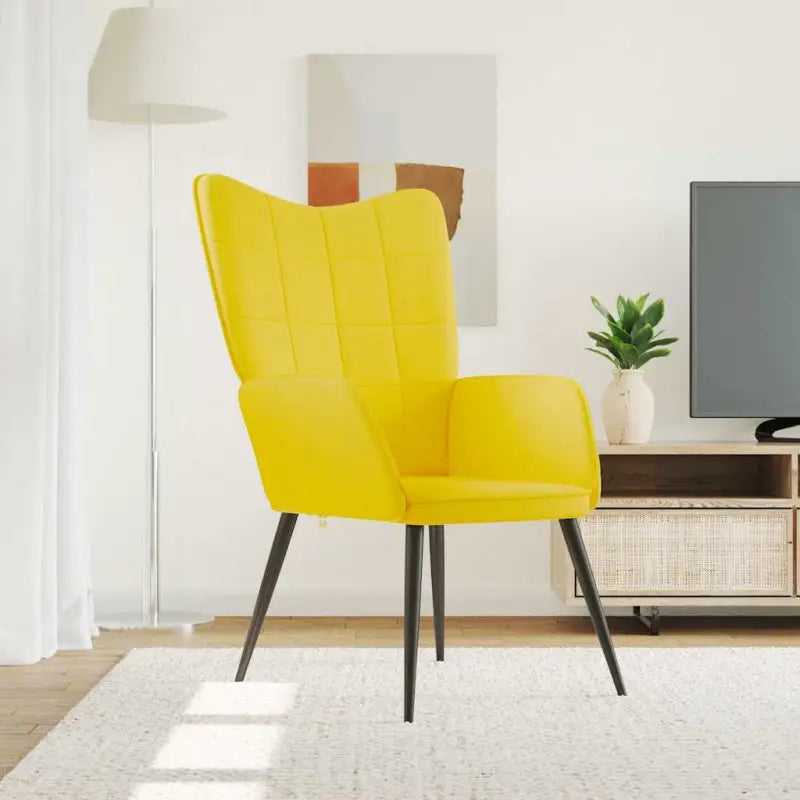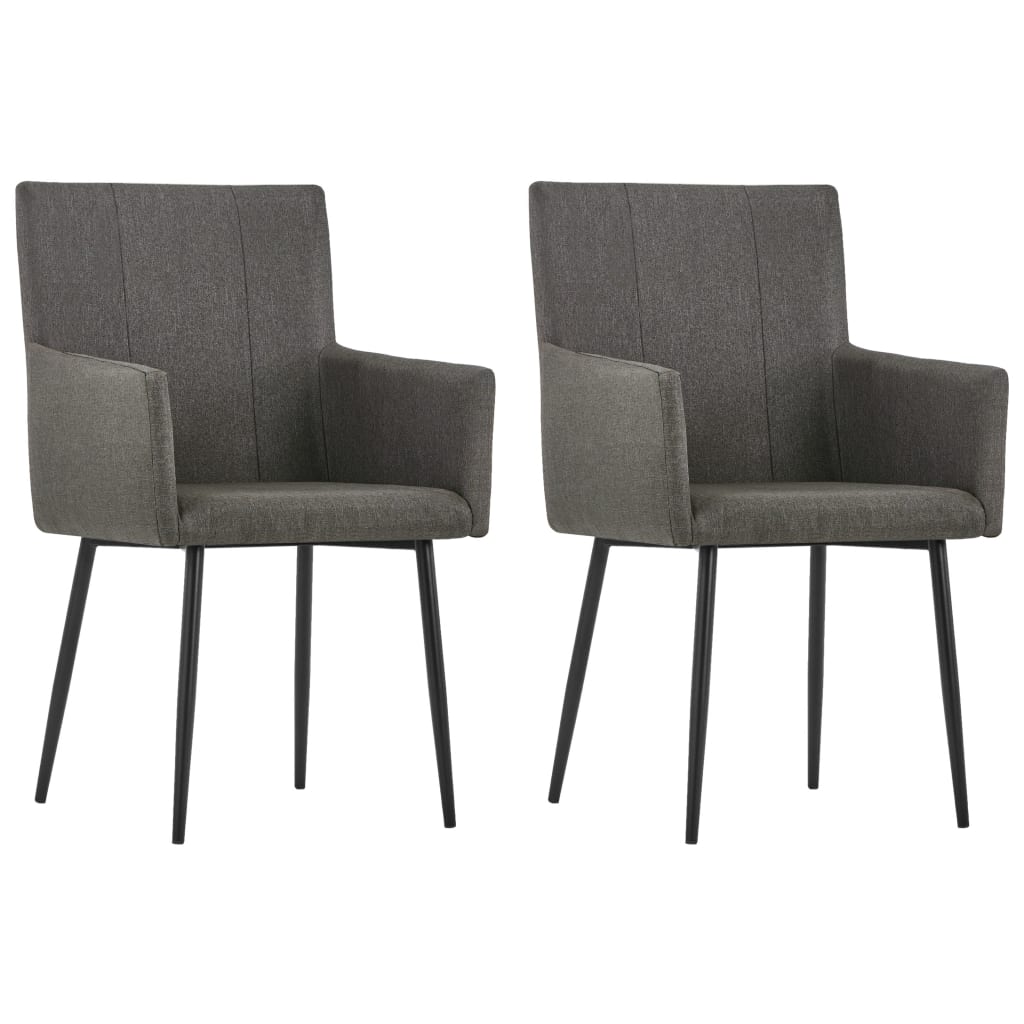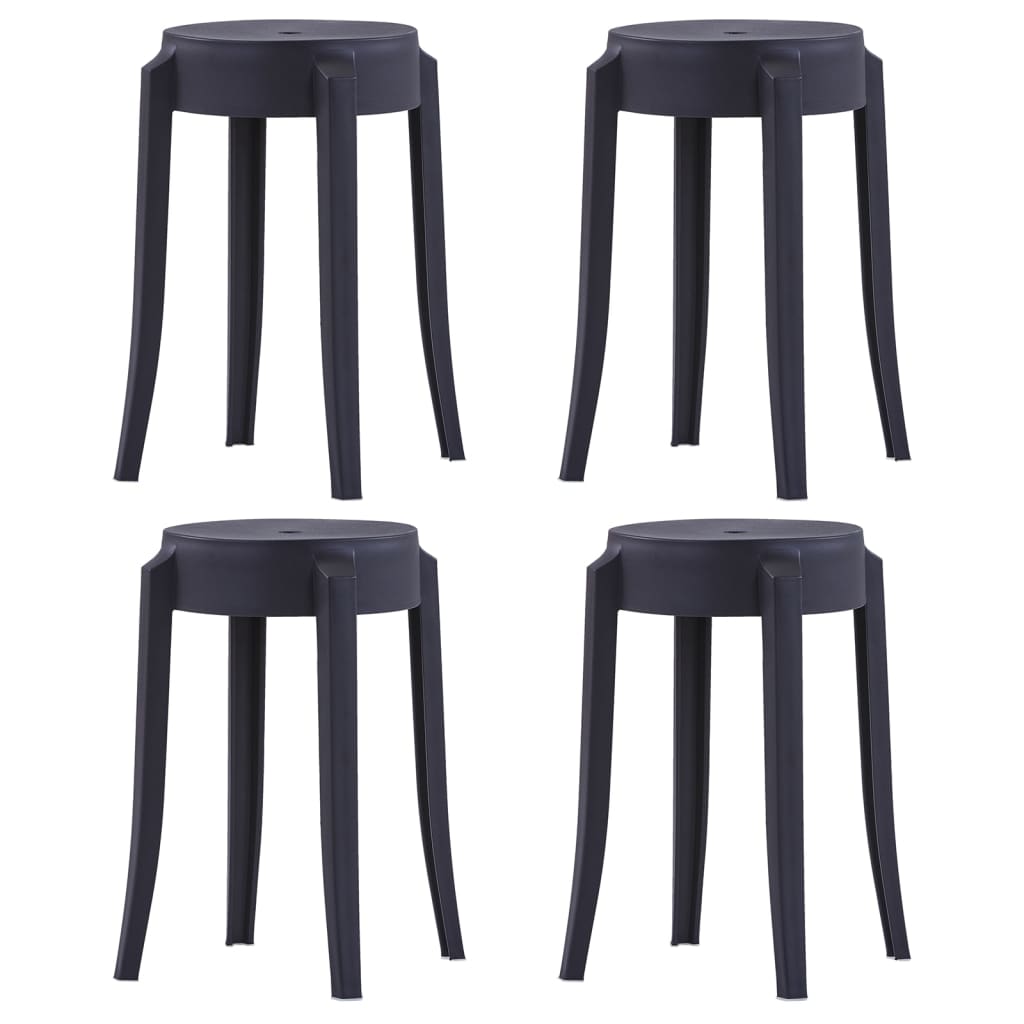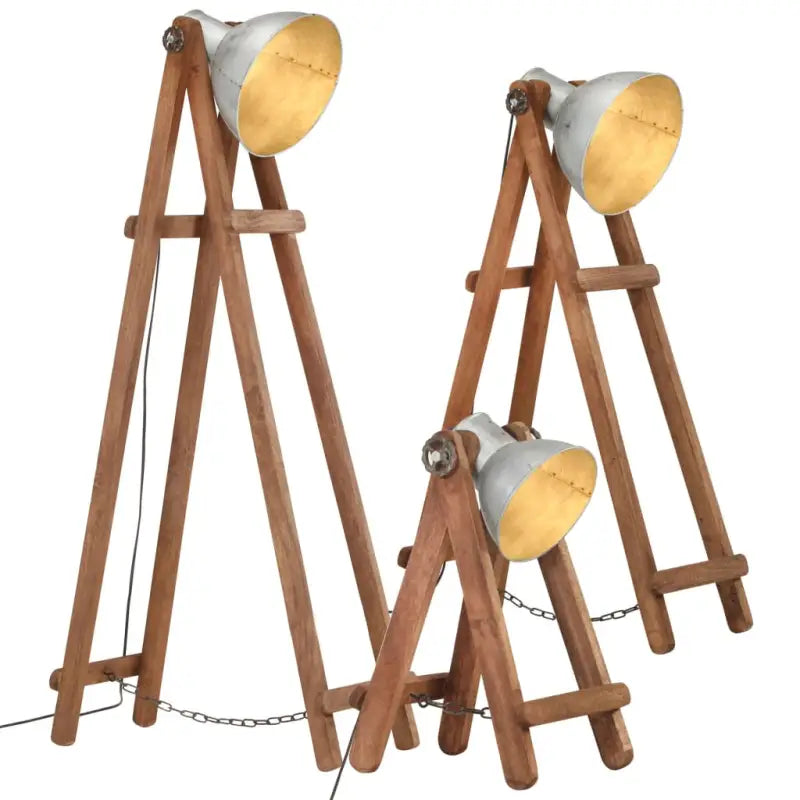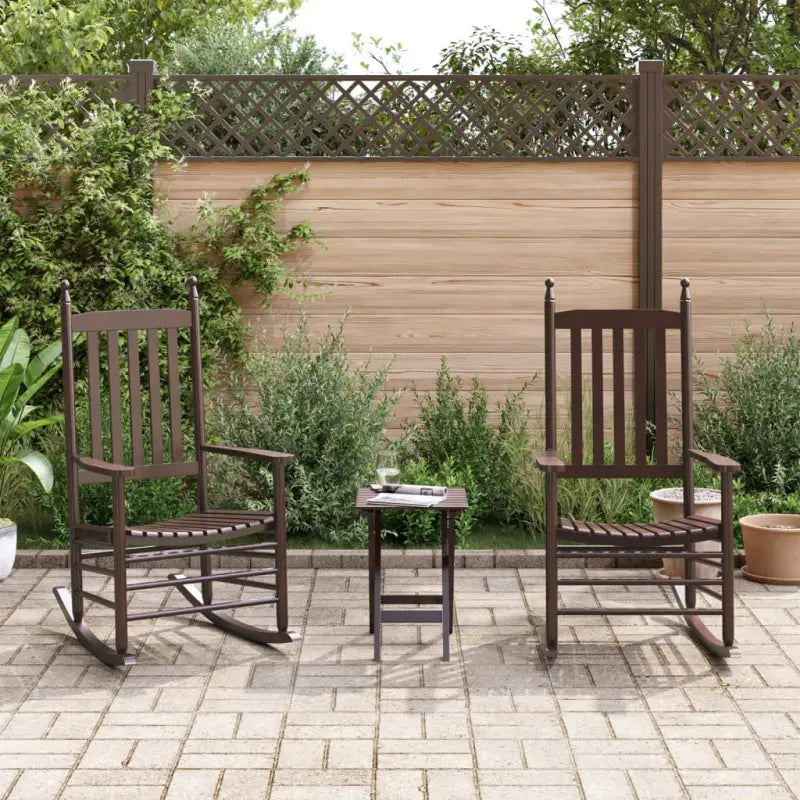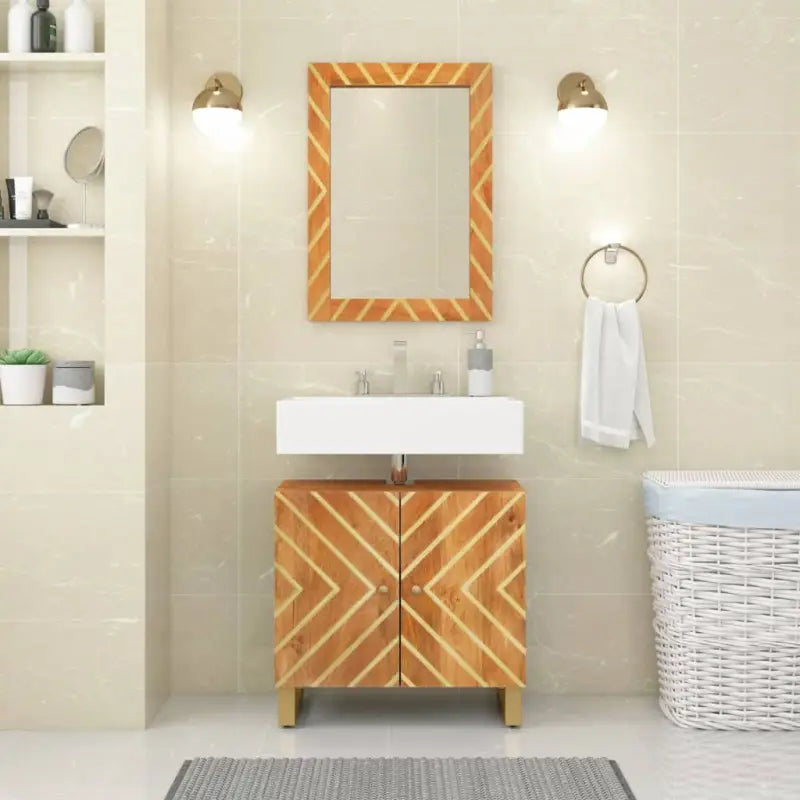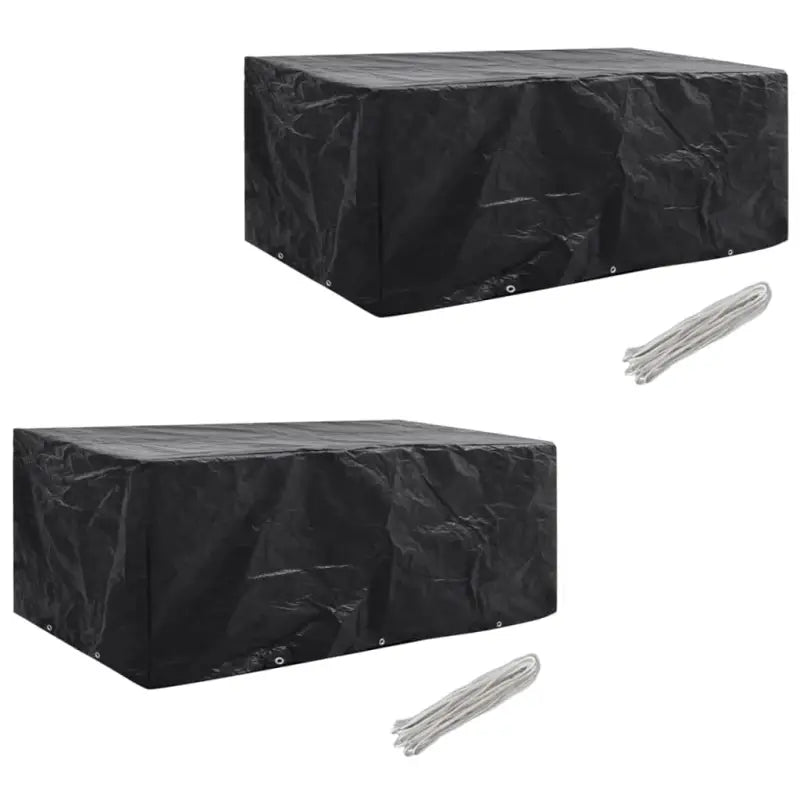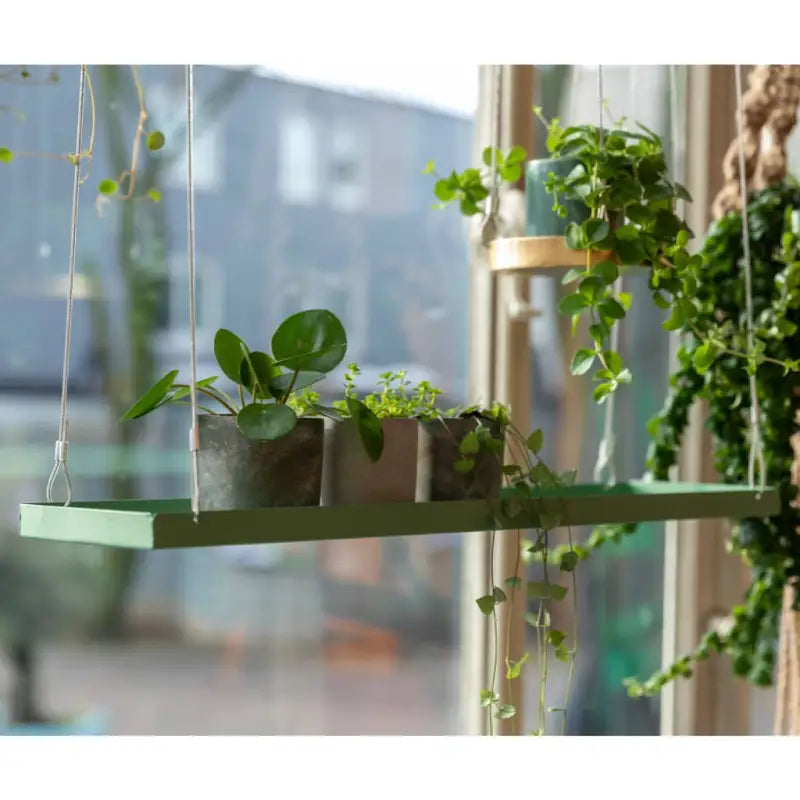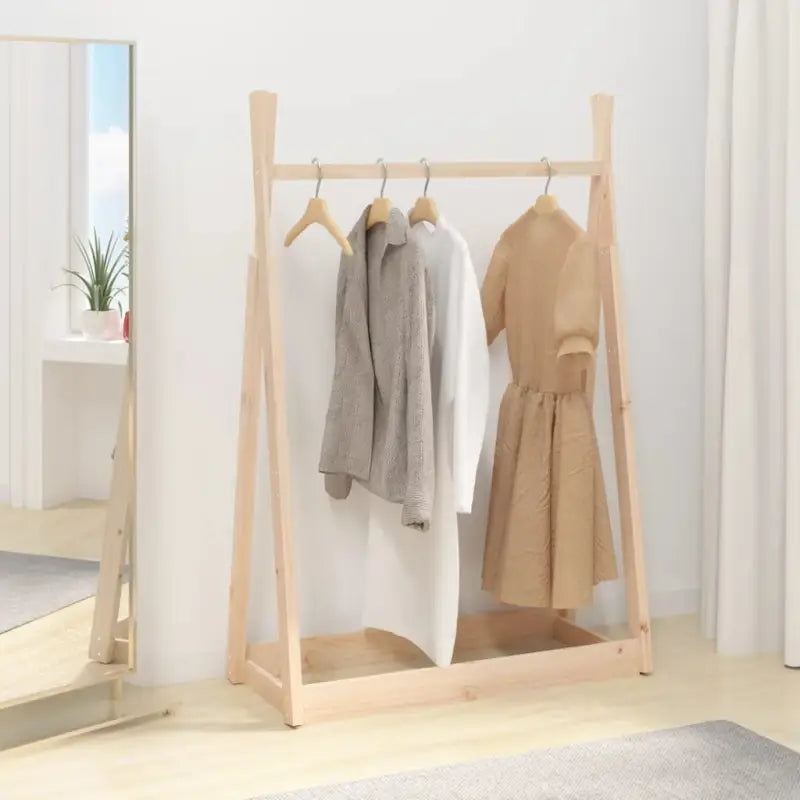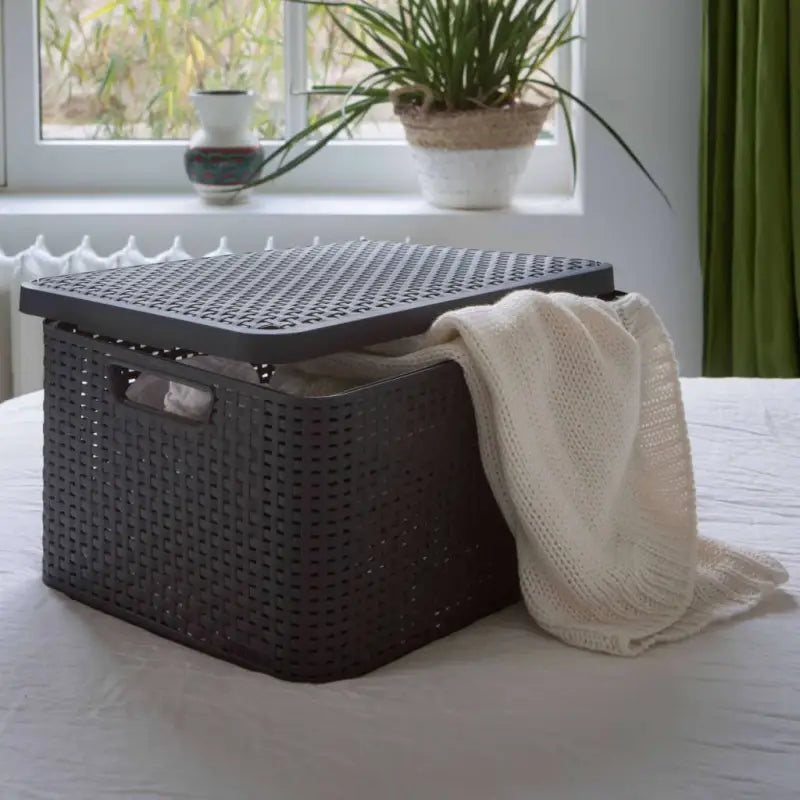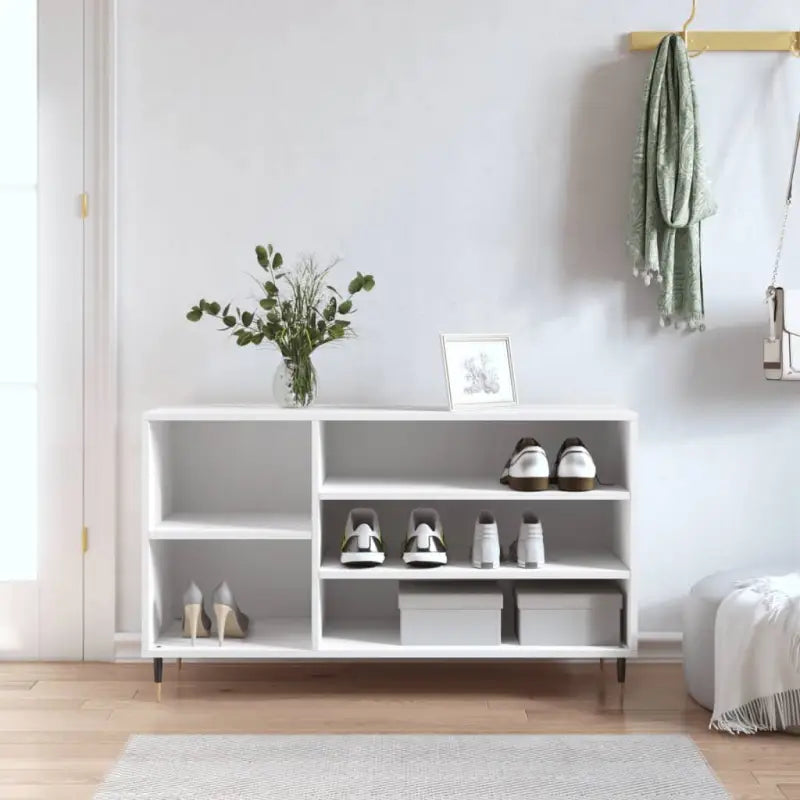Furnishing / Home Textile
Home textiles encompass a wide range of fabric-based products that enhance the aesthetic and functional aspects of living spaces. This category includes items such as curtains, bed linens, tablecloths, and upholstery fabrics, which play a crucial role in interior design and comfort.
The global home textiles market has shown significant growth, with an estimated value of approximately $100 billion in 2020, and it is projected to reach around $150 billion by 2027, growing at a compound annual growth rate (CAGR) of 5.5%. This growth can be attributed to increasing consumer awareness regarding home decor, the rising trend of home improvement, and the growing demand for sustainable and eco-friendly textiles.
One of the primary functions of home textiles is to provide comfort and warmth. For instance, bed linens made from high-quality cotton or linen can significantly enhance sleep quality. Studies indicate that the right choice of bedding can improve sleep duration by up to 20%. Additionally, textiles such as curtains and rugs contribute to thermal insulation, helping to maintain a comfortable indoor temperature and potentially reducing energy costs.
Moreover, the aesthetic appeal of home textiles cannot be overlooked. The choice of colors, patterns, and textures can dramatically influence the ambiance of a room. According to design experts, the use of textiles in various shades can evoke different emotions; for example, warm colors like reds and oranges can create a cozy atmosphere, while cool colors like blues and greens can promote tranquility.
In recent years, there has been a notable shift towards sustainable home textiles. Consumers are increasingly seeking products made from organic materials and those that adhere to eco-friendly manufacturing processes. Reports indicate that the demand for sustainable textiles has increased by approximately 30% over the past five years. This trend reflects a growing awareness of environmental issues and a desire to reduce the carbon footprint associated with home decor.
When selecting home textiles, it is essential to consider factors such as durability, maintenance, and fabric composition. For example, synthetic fabrics may offer stain resistance and durability, while natural fibers are often preferred for their breathability and comfort. Understanding the specific needs of a household can guide consumers in making informed choices that align with their lifestyle and preferences.
In conclusion, home textiles play a vital role in enhancing both the functionality and aesthetic appeal of living spaces. With the market poised for continued growth, consumers are encouraged to explore the diverse options available, considering factors such as sustainability, comfort, and design to create a harmonious and inviting home environment.

